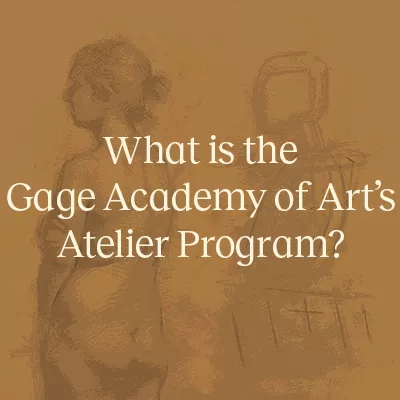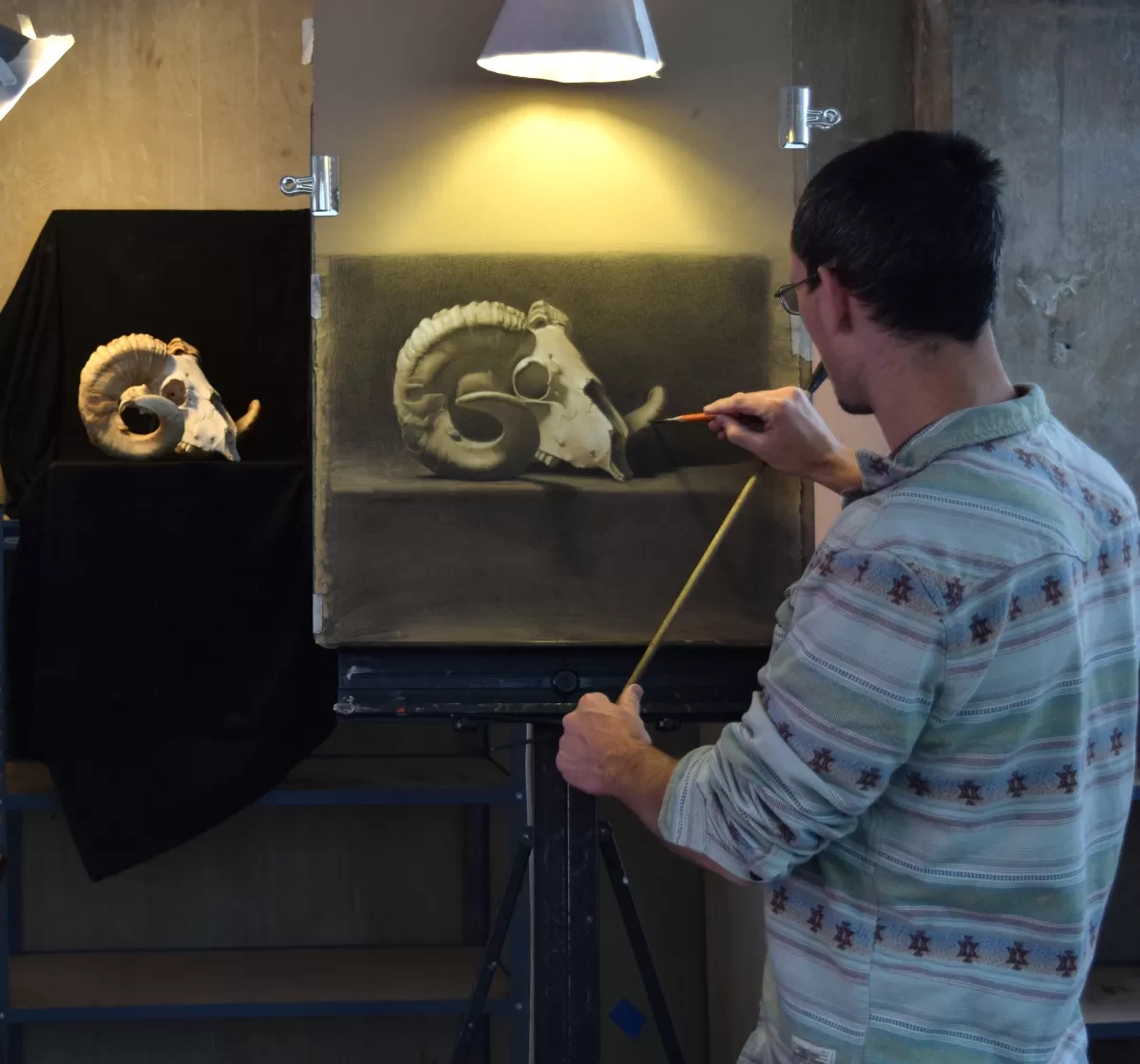
What is an Atelier?
AtelierAtelier is French for studio. In European tradition since before the Renaissance, aspiring artists would study in the studio of a master, learning basic vocational skills such as drawing and stretching canvases to painting backgrounds and finally painting alongside the master for commissions and the like. Da Vinci famously studied in the studio of Verrocchio. Camille Claudel studied in the atelier of Rodin who himself studied in the atelier of Carrier-Belleuse.
The contemporary “Atelier Movement,” arguably began when the painter Richard Lack, who himself studied with RH Ives Gammell, opened the the Atelier Lack in Minnesota in 1969, in part as a return to roots, and as a reaction to establishment trends in contemporary art such as minimalism or conceptualism. The Atelier movement values traditional training, working from observation, study of anatomy, realism, craft, emphasizing the hand and skill of the artist. These are vocational skills dismissed by or only cursorily covered in most university art programs. A group of students would gather in the Atelier of a master artist and learn their craft by direct instruction, an alternative way to learn art making. The return to tradition was by then a radical act.
In the 1990’s when Pamela Belyea and Gary Faigin founded the then Academy of Realist Art in Seattle with their paradigm of Artists teaching Artists, it was a natural home for an artist such as Juliette Aristides, who herself studied under Richard Lack, to start her own, The Classical Atelier, in 1999.
Since then, the number of Ateliers at Gage have grown to seven. Augmenting Gage’s stand alone adult and youth classes, Gage Ateliers are multi-year full and part time programs where students immerse themselves in a program of learning designed with a master artist. While each atelier is different, focusing on the specific strengths of the artist teachers, all are designed to train students in the core and advanced skills particular to their subjects and media. The effect of this immersion can be transformative, moving the dedicated student quickly from novice to accomplished artist in a few years time. Students emerge with a body of work and the confidence to pursue their artistic ambitions.

